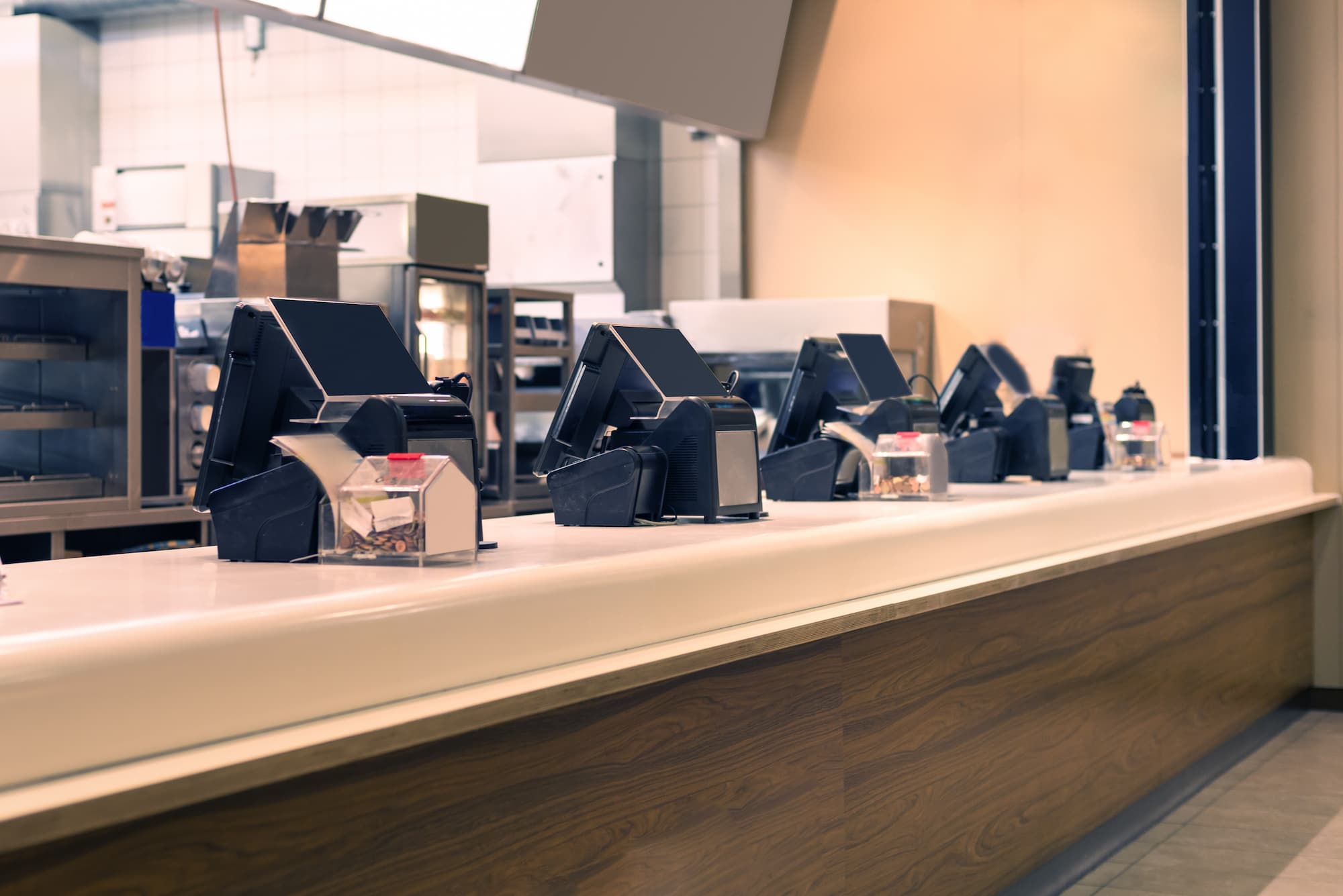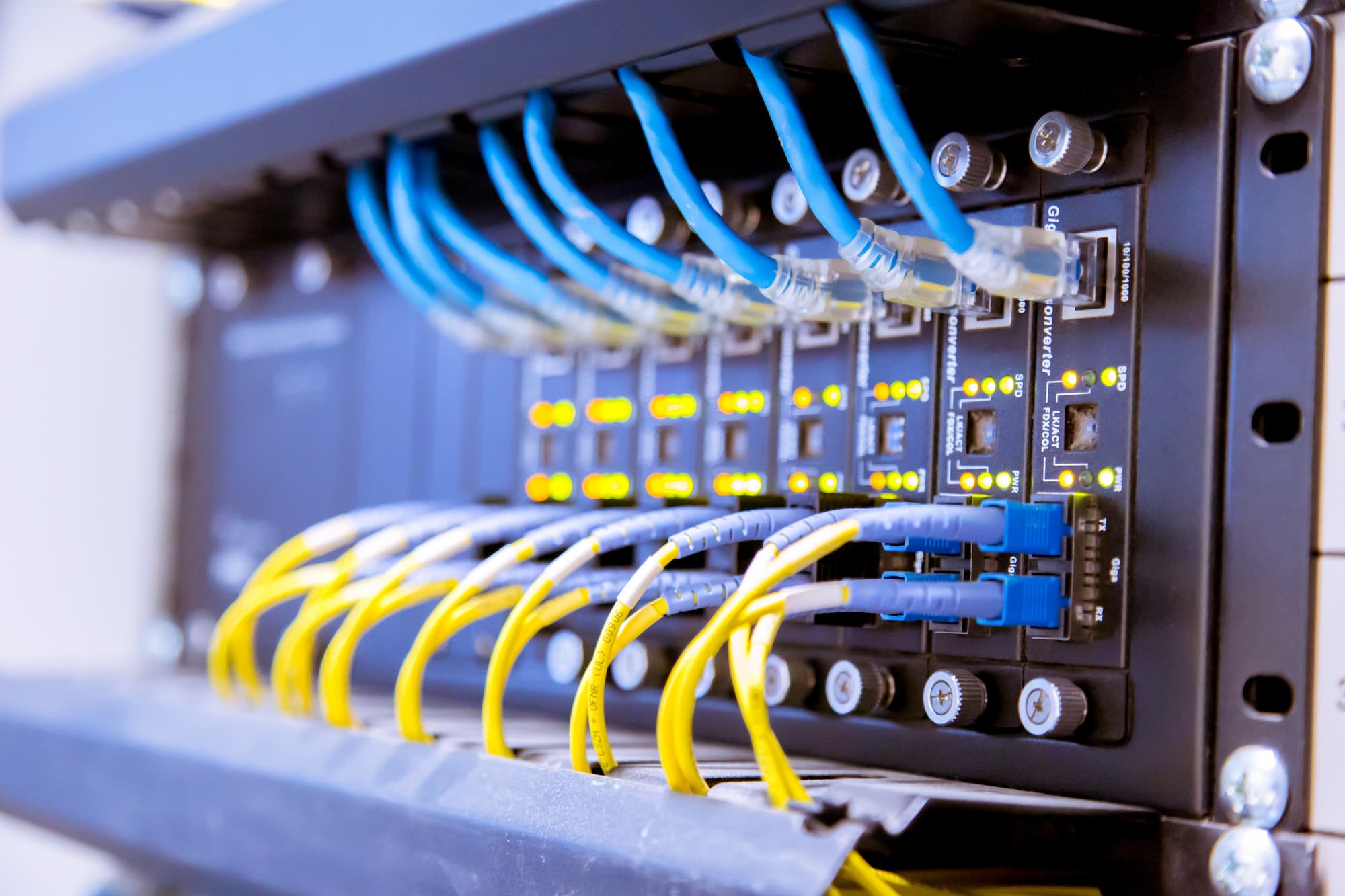Any quick service restaurant professional can tell you that timing is one of the most important ingredients to their ongoing success.
By their nature, QSR organizations depend on a limited menu of items that can be prepared as quickly as possible with little to no variation. It creates an experience that customers have come to depend on — and anything you can do to help further that goal is absolutely a step worth taking.
That, in essence, is why QSR tech is so important and, from a certain perspective, delicate. It doesn't matter what specific solution you're talking about, from front-of-house technology like indoor digital menu boards and POS hardware to back-of-house solutions like QSR automation or wireless networking capabilities. Any new restaurant IT deployment is obviously crucial, but it can also be equal parts time-consuming and labor-intensive.
Keeping them on schedule is paramount, and it's also a process that requires you to keep a few key things in mind.
The Ins & Outs of Restaurant IT Deployments
For starters, making the timing and scheduling of a restaurant IT project a priority can be a helpful benchmark to gauge your progress moving forward.
If you're not regularly on schedule, for example, you can begin to look at the entirety of your service delivery process to see which elements are working and which need to be streamlined. You know you have a problem, but now you also have actionable information that you can use to optimize things across the board. The situation is only a true detriment to your organization if you choose not to act on it.
This is also especially important in terms of managing resources and logistics. QSR tech operators and technicians are an essential part of any deployment, but they're also not the only "cooks in the kitchen," as it were. You're also dealing with various hardware and software vendors, subcontractors who are performing the work, electricians, and more. In an effort to preserve the timing and scheduling of the deployment, all parties need to have open and constant communication with one another.
This helps keep all key stakeholders on the same page, which in turn makes sure they're all moving in the same direction. A critical part of this involves knowing exactly who is in charge and what outcomes are expected of which parties. All roles need to be made crystal clear as early on in the process as possible to avoid miscommunication, which itself is a major contributing factor to most delays.
Along the same lines, having a schedule like this also helps to establish key milestones. They allow you to track how the IT deployment is progressing so that you can easily see how far you've come and how far you have left to go. Communication is important here, too, as during the planning phase everyone should agree on not just the timeline, but what those benchmarks mean and what "success" actually looks like.
Getting to this point is often difficult on your own, which is why an end-to-end restaurant IT enablement partner can prove invaluable to that end. Such an organization can step in and offer project management and coordination expertise to effectively manage the entire process from beginning to end. This includes not only sourcing and vetting technicians with the right skills needed to execute the IT deployment properly, but also conducting calls to make sure that techs remain on schedule, purchasing any equipment needed for the project, resolving or escalating any issues that develop to the appropriate people, and more.
Provided that you find a partner who can offer this level of expertise by way of a true end-to-end solution, you can stop worrying so much about the project itself and start looking forward to the benefits it will bring your organization upon completion. This also frees up more of your time to focus on building better relationships with your clients, which in and of itself is the most important benefit of all.
Conclusion
All told, QSR tech can help restaurants stand out in an admittedly crowded market. It can also help them mitigate risk from certain unforeseen situations, with a still-ongoing global pandemic being perhaps the biggest example in recent memory. But a restaurant IT deployment can be nothing if not heavily disruptive if not executed properly — and paying equal attention to both timing and scheduling are major ways to avoid issues to that end.
If you'd like to find out more information about why timing and scheduling are key in terms of restaurant IT deployments, or if you have any additional questions about QSR tech that you'd like to discuss with someone in a bit more detail, contact us today.






